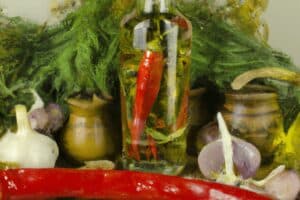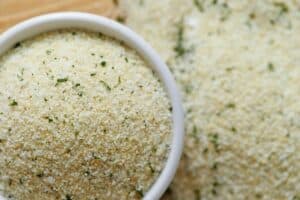When it comes to spicy food, one of the most popular chilis out there is the bird’s eye chili, a spicy chili pepper native to Southeast Asia.
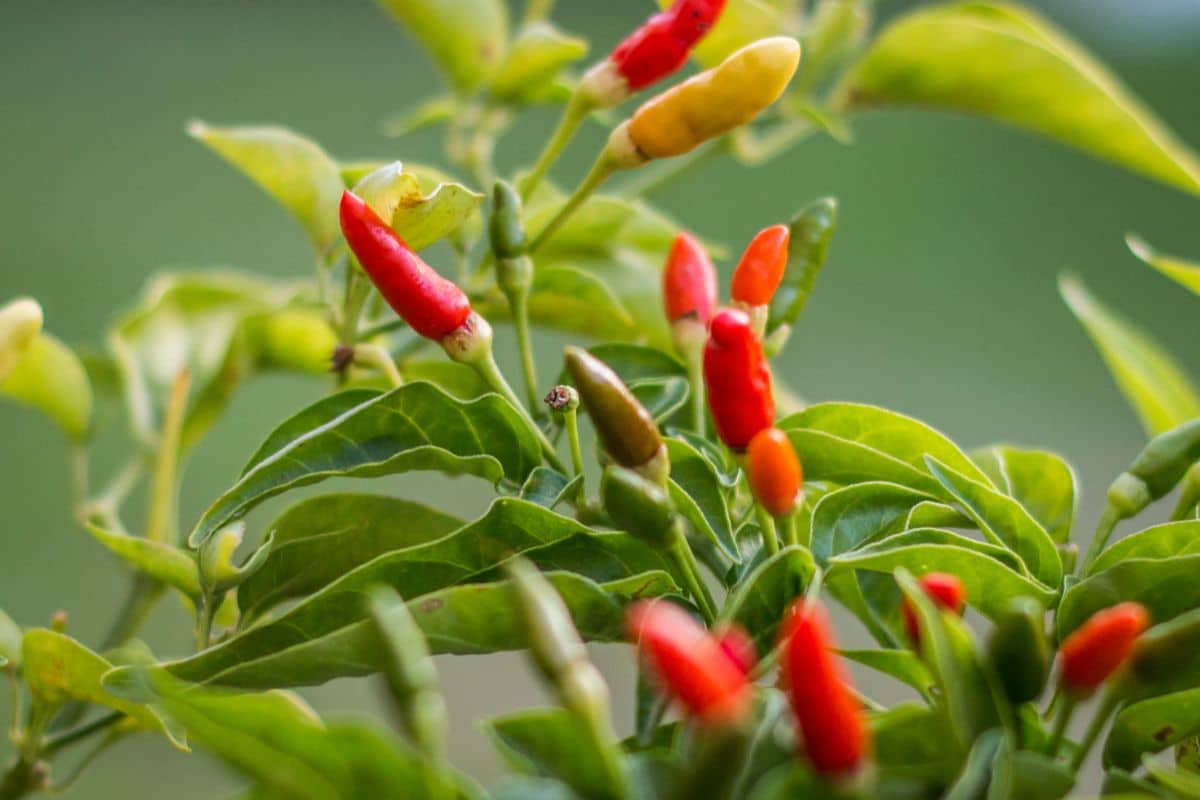
This chili is used throughout a variety of different cuisines, including both Vietnamese and Thai cuisines, which means that it’s an ingredient found in plenty of dishes.
The name for this chili comes from its shape and size, which many people believe resembles a bird’s eye, and in terms of its Scoville heat rating, a bird’s eye chili is somewhere between 50,000 – 100,000 on the heat scale.
As a result of its heat, it’s not uncommon for some people to try and find milder alternatives for their cooking.
It can also sometimes be difficult to find bird’s eye chilis, which means that you’ll need to find some suitable alternatives for your cooking if you can’t find any in grocery stores near you!
In this guide, we’ll take a look at the best substitutes for bird’s eye chilis, so no matter whether you’re looking for something milder, or something that can match the heat of this spicy pepper, we’ve got you covered.
What Is A Bird’s Eye Chili?
Found throughout Southeast Asian cuisine, the bird’s eye chili, known also as Thai chili, or prik kee noo, is a small yet mighty chili, which is sure to bring plenty of heat to your dishes.
As previously mentioned, their resemblance to a bird’s eye is what gives them their most commonly known name, but despite their small size, these chilis are known to pack a punch.
The heat levels can vary from mild to hot, as can their color, which can either be green, red or a combination of both.
While they can be eaten raw and added as a garnish to salads or noodle dishes, bird’s eye chilis are usually added to dishes when cooking, which helps to release their signature fruity aroma that is almost to the nose, with a spicy and sweet smell.
These chilis are typically chopped or ground into a paste before being added to a dish, which helps to pack the dish with as much of its heat as possible. As a result, they’re typically found in soups, curries, and stir-fries.
These chilis are not for those who don’t enjoy spicy food, and even lovers of hot food will be provided with plenty of kick from these tiny chilis.
Fresh bird’s eye chilis are always the best option for those who are trying to savor their intense flavor, but they are somewhat uncommon outside of their native region of Southeast Asia, which means that powdered and dried forms of the chili are the most commonly found version!
Substitutes For Bird’s Eye Chilis
Spicy food lovers are likely to make bird’s eye chilis a regular addition to much of their cooking, but their lack of availability can sometimes be an issue for those looking to use the chili.
Whether you’re trying your hand at some delicious Southeast Asian cuisine, or you just want to bring the spiciness of your dish to a whole nother level, then bird’s eye chilis are usually the go-to pepper.
However, if you’re unable to get your hands on these chilis, then you’re going to need to find some suitable alternatives! Don’t worry though, as these substitutions will be able to help your dish taste just as nice, without compromising on anything.
1. Serrano Pepper
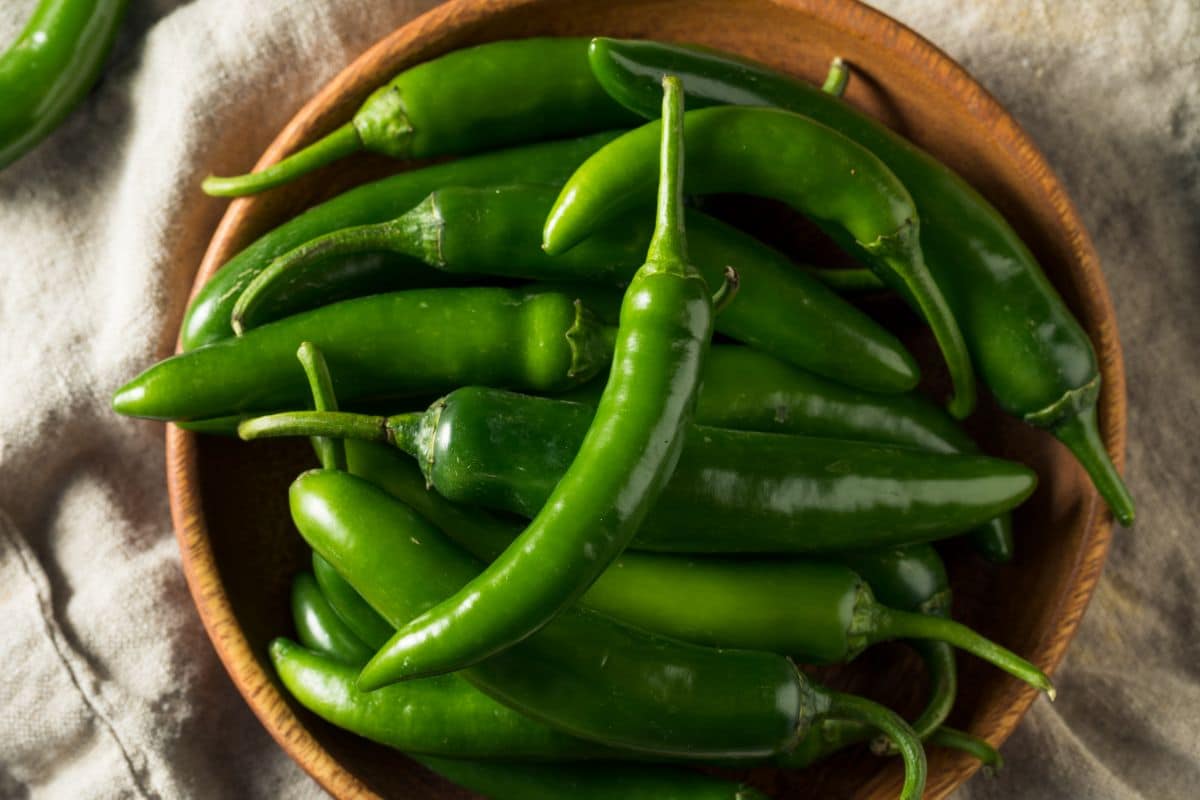
One of the best alternatives for the delicious bird’s eye chili is the serrano pepper, a native to Mexico. This pepper is great for helping to spice up any of your dishes, and the varying color of these peppers can certainly help to bring a pop of color too.
The fruitiness of these peppers is much more pronounced than you would get from the bird’s eye chili, and the heat is slightly milder too, with the serrano pepper finding itself rated between 15,000 and 23,000 on the Scoville heat rating.
The best part about these peppers is that they tend to be much more readily available than their Southeast Asian counterparts, which means that you should have no issues finding them at your local grocery store.
So, although they’re slightly milder, Serrano peppers are still an excellent choice when trying to replace the heat provided by a bird’s eye chili, so try them out if you get the chance!
2. Cayenne Pepper
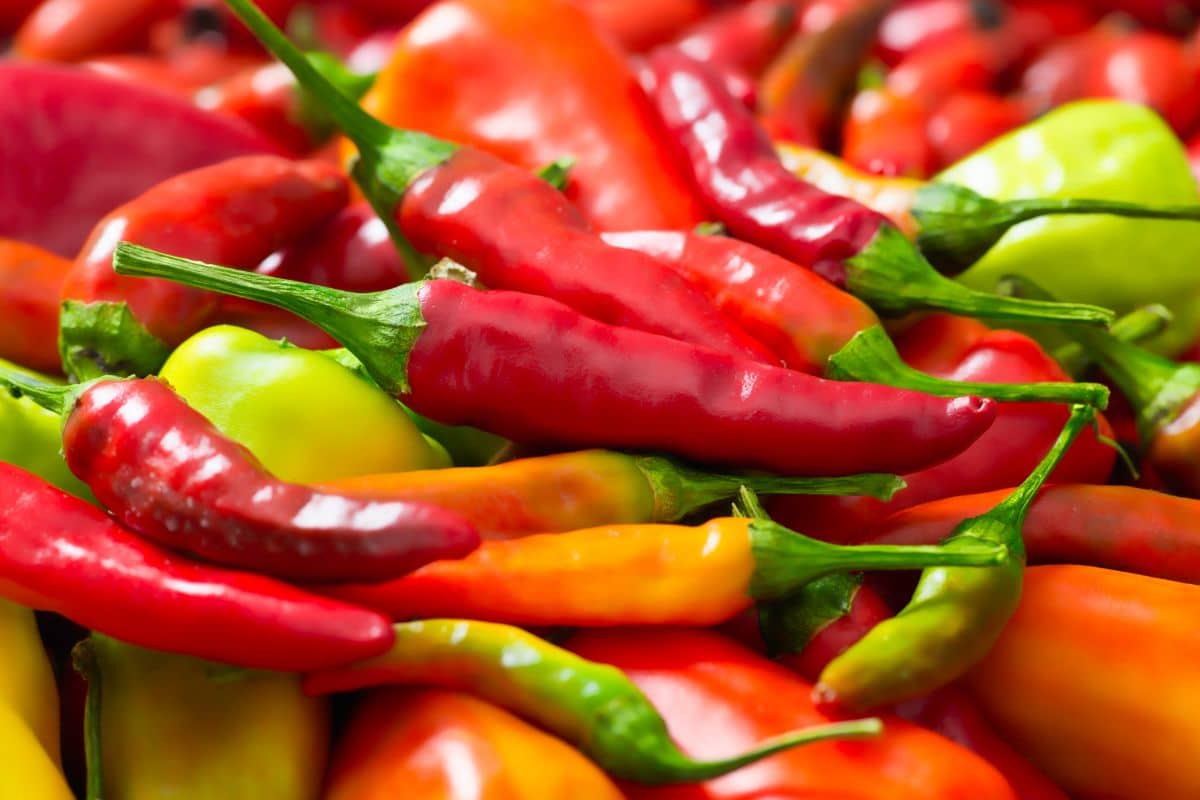
Another spicy pepper option for those looking for suitable substitutions is cayenne pepper. It’s a common ingredient throughout a variety of different cuisines, which means that there’s a likelihood that you already have some in your pantry.
Cayenne pepper is only somewhat milder than bird’s eye chilis, with the typical Scoville rating of these peppers being 30,000 to 50,000, which means that it makes for an excellent replacement for the Southeast Asian peppers if you’re unable to find any at your local grocery store.
Cayenne pepper is usually sold in a powdered form, which means that substituting it for bird’s eye chili will mean that you lose the visual appeal of having those chili peppers scattered throughout your dish, but it will also mean that your dish is much hotter throughout.
Something to note is that cayenne pepper is fruitier than bird’s eye chilis, which are usually found in sweet dishes, whereas bird’s eye chili is used in savory dishes. So try to keep this in mind when planning your substitutions.
3. Habanero Pepper
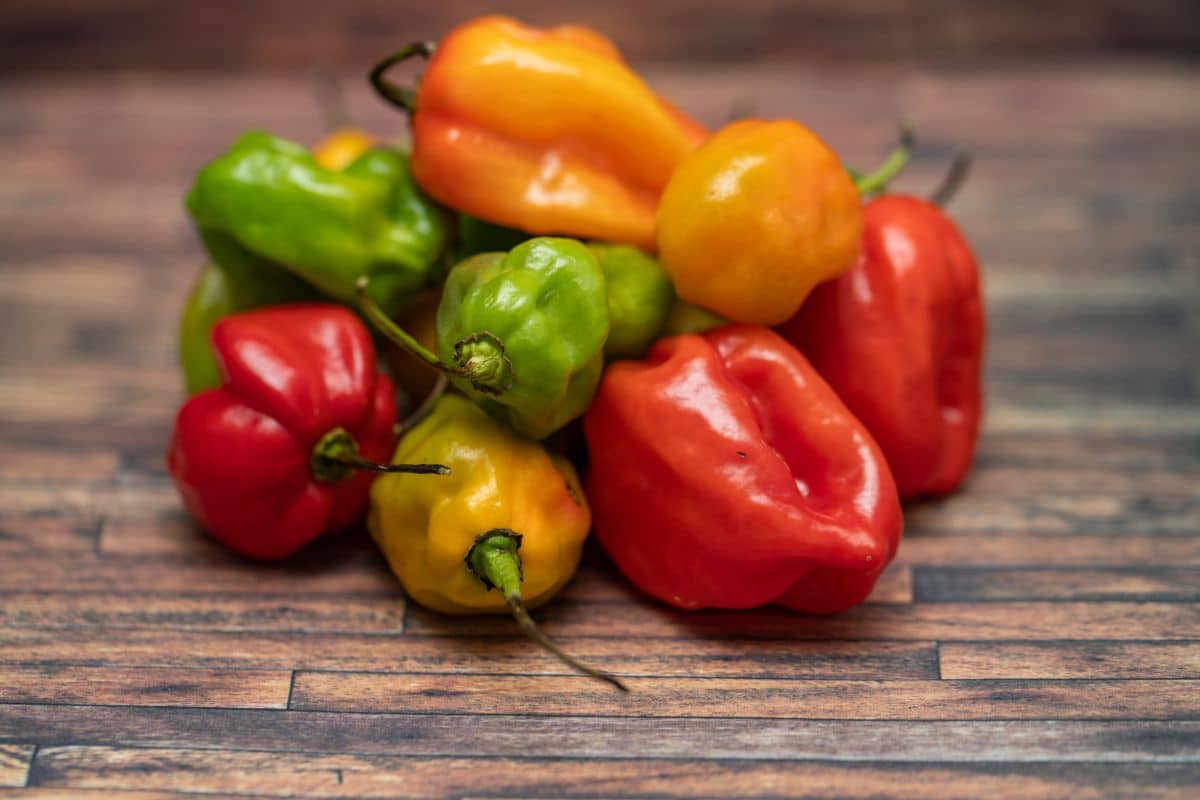
Looking to bring some heat to your dishes, then you can’t go wrong with the addition of some habanero peppers to your cooking. While it might not seem like much on the surface, these peppers can be especially fiery, and are not for the faint of heart.
These peppers make for excellent substitutes for anyone who is looking for a hotter alternative to bird’s eye chilis, with a Scoville rating of 100,000 to 350,000, they are definitely a pepper to avoid if you’re not a fan of spicy food.
The other great thing about habanero peppers is that their color is particularly bright and vivid, which means that not only will their inclusion in your cooking help to raise the heat levels, but it also means that they’ll provide some great color too!
4. Scotch Bonnet
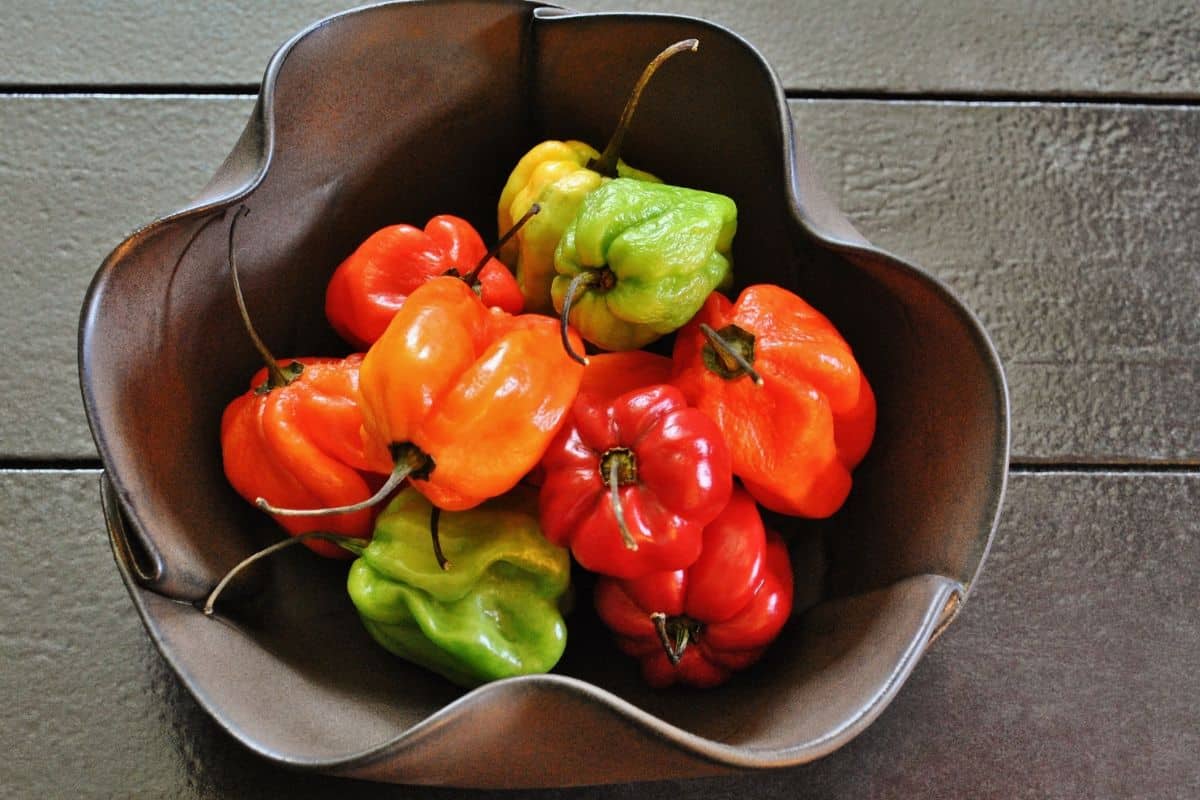
A staple ingredient amongst Caribbean cuisines, these small, round peppers are brimming with heat and flavor, which is exactly why they make such a good replacement for bird’s eye chilis.
Typically paired with meats such as pork and chicken, as well as some seafood dishes, these pungent peppers make for an excellent substitution for bird’s eye chilis.
However, you should be careful though, as they’re much stronger than bird’s eye chilis, with a Scoville rating between 100,000 to 350,000, which means you should be sure to use slightly less of them in your cooking.
A little goes a long way when it comes to using these peppers, but when trying to find something to provide a spice level close to bird’s eye chilis, scotch bonnet peppers work just as well!
5. Jalapeno Pepper
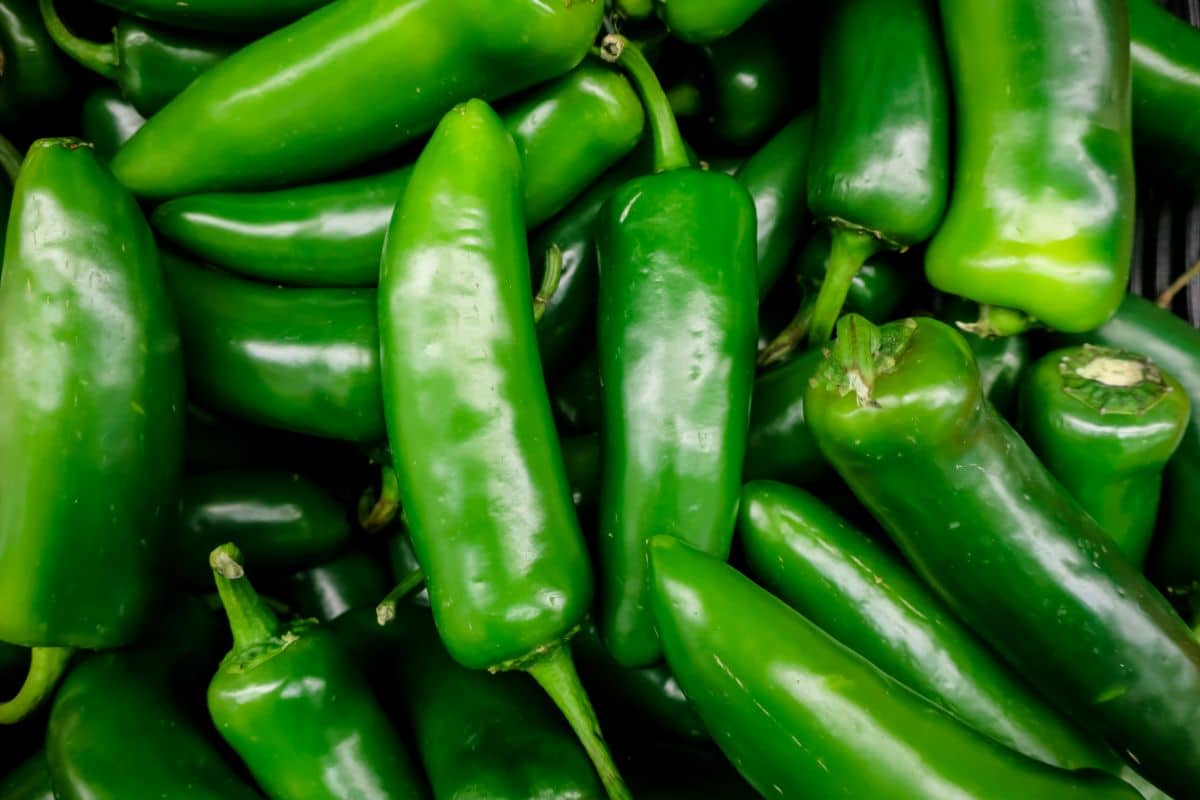
Jalapenos are an immensely popular pepper, especially because of their inclusion in Mexican and Tex-Mex cuisine, which means that you should have no issues finding these peppers in any grocery store near you.
So, if you’re struggling to find any bird’s eye chilis near you, try these out! They’re much milder than bird’s eye chilis, with a Scoville rating of 2,500 to 8,000, which means that they won’t quite be as hot, but they’re still delicious.
Final Thoughts
We hope that this guide has been able to help you find the right substitute for bird’s eye chilis for your cooking. Good luck!



